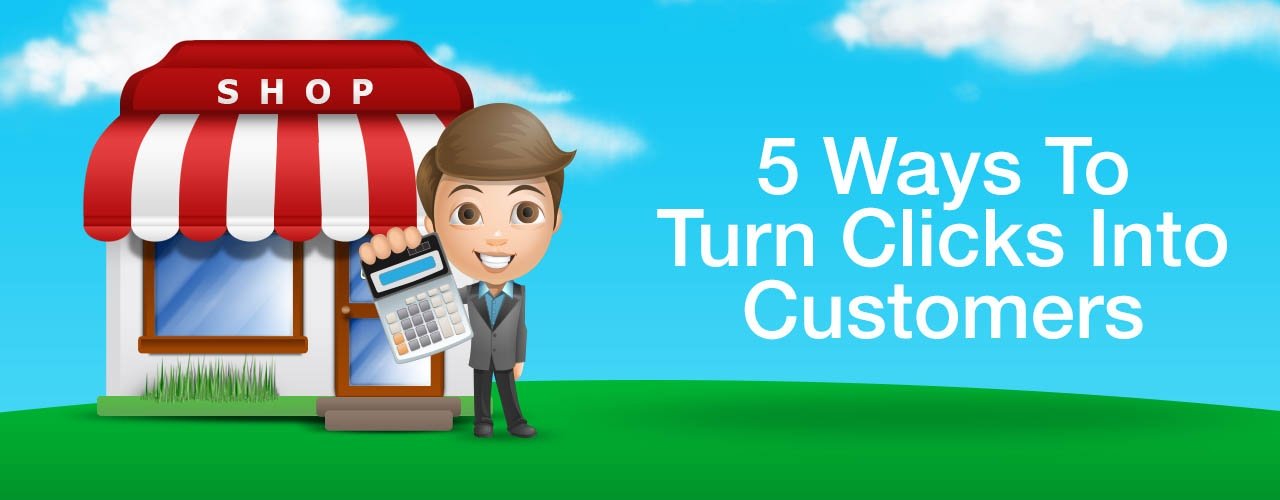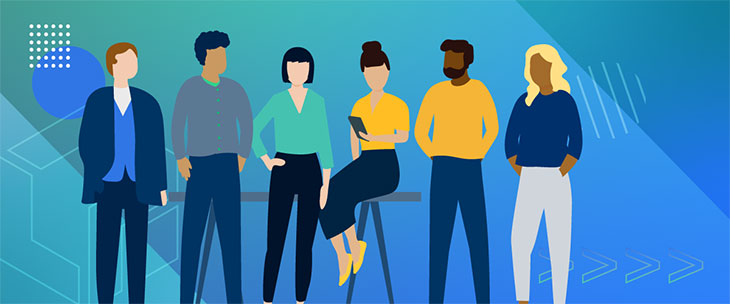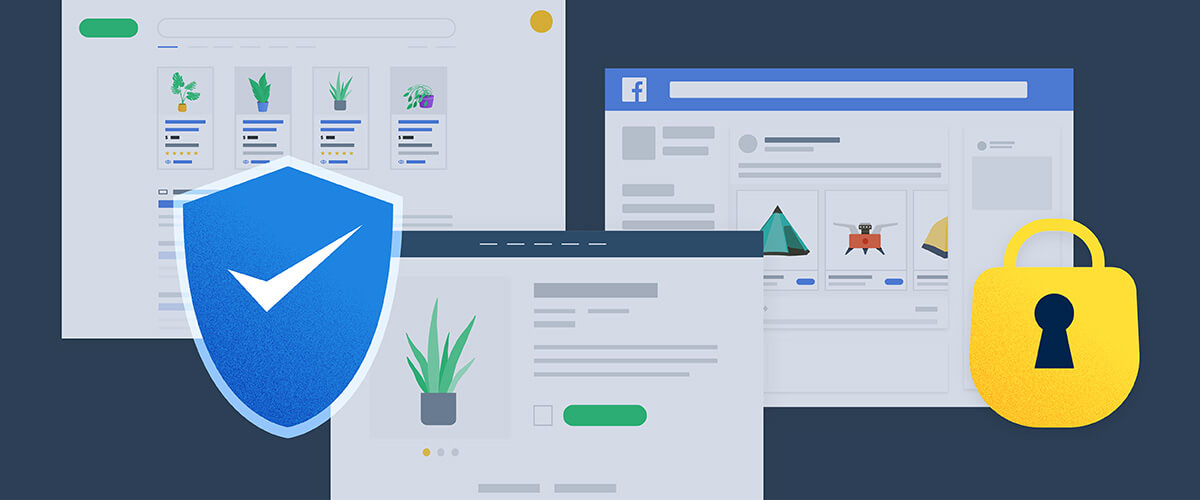Five things you can do right now to turn clicks into customers.
There are a many ways advertisers can tweak your AdWords campaigns to turn up the volume of traffic, bring in more relevant traffic, and even pre-qualify traffic, but sometimes, that’s the best we can do. All too often, unclear sales funnels cause a disconnect between the click and the sale.
It’s not enough to bring people to your website — you have to get those conversions! Here are five things you can do right now to get people to follow through when they reach your website.
1. Give Them Click Incentive
And by this, I mean, use your ad copy and callout extensions to tell the searcher why they should go to your site and not another. I’m talking about special offers and promotions!
If ever there were a time to offer a few dollars off of your product or service, your AdWords PPC is it. Since you’re already investing in each click, you need to be EXTRA sure whoever is clicking will be making you enough money to cover what you spent to provide them a quick route to their goal, and then some.
PPC is essentially just that — a quick route to a goal. You are offering searchers a specific link to the product or service they are looking for, and they are choosing to click on your ad because it makes their search easier.
2. Give Them Something to Look for On Your Site
Since you have total control over where your link will lead searchers when they click on your ad, it’s your job to let them know they have reached the right place — otherwise, that’s right, they’ll bounce right off.
What are they looking for, exactly? Most likely, it’s the name of the product or service they want, or a word or phrase that mimics the keyword they typed in and the header of the ad they clicked on. It’s just like when you’re driving down an unfamiliar street and you want to make sure you’re going the right direction: you’re looking for a road sign as confirmation. If they don’t know they’re in the right place, they could take the next exit.
3. Tell Them What They Need to Do to Accomplish Their Goal
You’d be surprised at how often clients have all the essential contact information on their website, but are afraid to be forward when it comes to offering up a call to action. A visitor might think, OK, I see that you offer scuba tours, but how do I make a reservation for tomorrow?
To the visitor, the route to sale is not always obvious enough. Some visitors want you to fill out a contact form, while others want you to register, and still others want you to request a catalog. Whenever possible, a phone call is always an easy conversion mode, since most people know what to do with those ten digits, but it’s good to include another option as well.
It’s understandable if you don’t want to be pushy when it comes to getting visitors to buy your product or contact you, but they do need to understand what action is required to engage your services. A clearly worded call-to-action will do wonders. Such as: “Register for More Information,” “Contact Us and One of our Representatives Will Get Right Back to You!” or a personal favorite, “Call Now for a Free Quote!”
If you want to add a personal touch, you can incorporate a short incentive or selling point AFTER the clearly-worded statement, such as “It’s Easy!” or “Ships Fast!” Hint: this can directly mirror the incentive in your ad copy or callout extension.
4. Don’t Overwhelm Them With Information (or Media!)
The balance of information is a fine one to strike. You need to inform your potential client about your product or service, and this means providing enough information for them to be able to make the decision to contact you.
It’s a lot of pressure to learn that in B2B industries, nearly 60 percent of the sales process happens on the website, a statistic that recently revealed itself in study by Google and CEB. People want access to information easily, because it takes time for them to reach out to a vendor, and they don’t want their time to be wasted.
But that doesn’t mean overwhelming visitors with too much information. Limit the information you put on your site to only information that would help them make their decision or be pertinent to their buying process.
And on that same note, choose your media wisely. A few photos and videos are really helpful in filling out your website and getting a response. But more than a few per page can cause the site to load slower, and can sometimes dilute your message. Stick with images that help tip the visitor toward a conversion, and save the rest for completing the sale — if you need them.
5. Check Your Prices
Finally, consider the other factors that could be affecting your conversion rate — specifically, your ability to offer a competitive service and price in your industry. Obviously, this is a major consideration for most shoppers.
Keep an eye on your competition to see how their special offers might be getting them more buyers, and consider what price you can reasonably expect to receive for your product. If you can afford it, offer them some savings! They’ll probably remember you next time they need your product or service…
…And if you want to remind them, don’t forget to that remarketing is the AdWords tool for repeat business.

Logical Position, an Inc. 500 digital agency supporting 5,000+ clients across North America. LP is the proud recipient of Google’s Lead Generation Premier Partner of the Year and Microsoft's Global Channel Partner of the Year 2024! The award-winning agency offers full-service PPC management, SEO, Paid Social, Amazon and Creative Services for businesses large and small. As a Google Premier Partner, Microsoft Elite Partner & Meta Business Partner, LP is in the top 1% of ad spend managed across platforms.



